When you turn the key or press the start button and your car hesitates, sputters, or refuses to come alive, the culprit might be lurking beneath the hood in an often-overlooked component: the starter motor. This small but mighty device is responsible for igniting the engine and setting your journey in motion. Like any mechanical part, it can wear down over time, exhibiting subtle clues that signal trouble ahead. Recognizing the signs of a failing car starter motor can save you from unexpected breakdowns and costly repairs, ensuring that your vehicle starts smoothly every time you need it. In this article, we’ll explore the common symptoms to watch for and what they mean for your car’s health.
Table of Contents
- Understanding the Role of the Starter Motor in Vehicle Ignition
- Common Symptoms That Indicate Starter Motor Trouble
- How to Differentiate Between Starter Motor Issues and Other Engine Problems
- Step-by-Step Diagnostic Methods for Identifying a Failing Starter
- Preventative Maintenance Tips to Extend the Starter Motor’s Lifespan
- When to Seek Professional Repair or Replacement Services
- Q&A
- To Wrap It Up

Understanding the Role of the Starter Motor in Vehicle Ignition
The starter motor acts as the unsung hero behind the scenes, providing the crucial initial push that turns your engine over and gets your vehicle running. When you turn the key or press the start button, the starter motor spins the engine’s flywheel, allowing air and fuel to enter the cylinders and ignite. Without a functioning starter motor, your car remains silent, no matter how much fuel or battery power it has. It’s the delicate balance of electrical and mechanical parts inside the starter that ensures this process happens seamlessly every time you start your journey.
Identifying early warning signs of starter motor trouble can save you from inconvenient breakdowns. Common indicators include:
- Unusual Clicking Sounds: A rapid series of clicks when attempting to start hints at insufficient power reaching the starter.
- Intermittent Starting: The engine may turn over sporadically, suggesting the starter’s internal components could be wearing out.
- Grinding Noise: This can indicate the starter gear is not engaging correctly with the flywheel.
- Smoke or Burning Smell: Overheating due to electrical issues inside the starter motor.
| Symptom | What It Means | Recommended Action |
|---|---|---|
| Clicking Sound | Battery or wiring issue | Check battery and connections |
| Grinding Noise | Worn starter gear | Inspect and potentially replace starter |
| Intermittent Starting | Starter solenoid failure | Professional diagnostic advised |
| Burning Smell | Electrical short or overheating | Immediate repair needed |
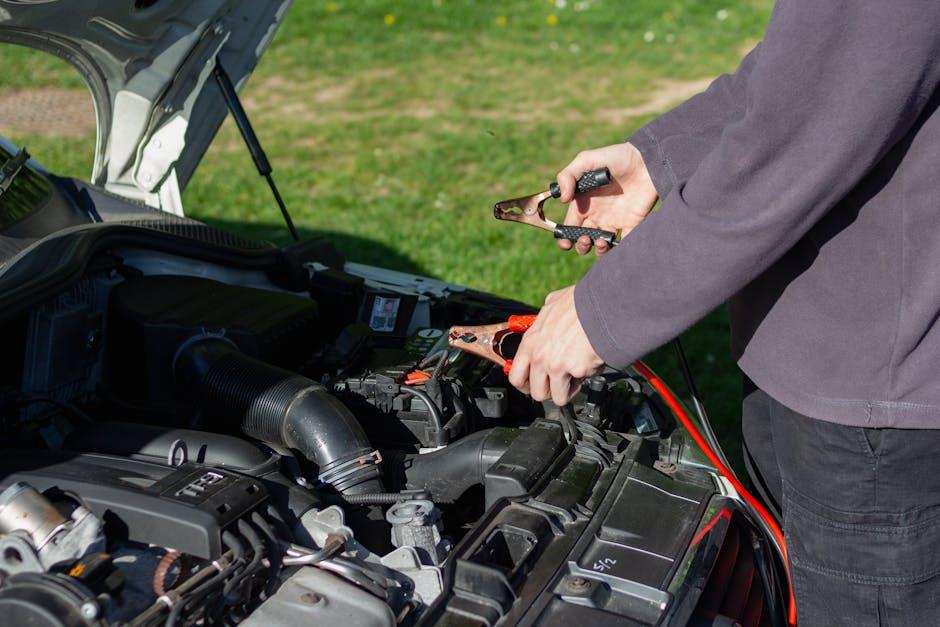
Common Symptoms That Indicate Starter Motor Trouble
When your car refuses to start or hesitates before cranking, it’s often a subtle nudge from the starter motor signaling distress. One of the most recognizable indicators is the clicking sound during ignition—this usually points to a weak electrical connection or a failing solenoid. Another common sign includes intermittent starting issues, where the engine occasionally turns over and sometimes doesn’t, leaving you guessing about the next ignition attempt. Additionally, if your engine struggles with a slow cranking speed, it’s a red flag that the starter might be wearing out or facing resistance.
Other symptoms can be equally telling and often accompany the main alerts. Watch out for:
- Squealing or grinding noises during startup, indicating potential gear misalignment or damage.
- Frequent dashboard warning lights related to the battery or electrical system.
- Smoke or burning smell right after attempting to start, which could mean electrical overheating.
| Symptom | Potential Cause | Immediate Action |
|---|---|---|
| Clicking Sound | Faulty Solenoid | Inspect electrical connections |
| Slow Cranking | Worn Starter Motor | Test and replace if necessary |
| Grinding Noise | Gear Misalignment | Seek professional repair |
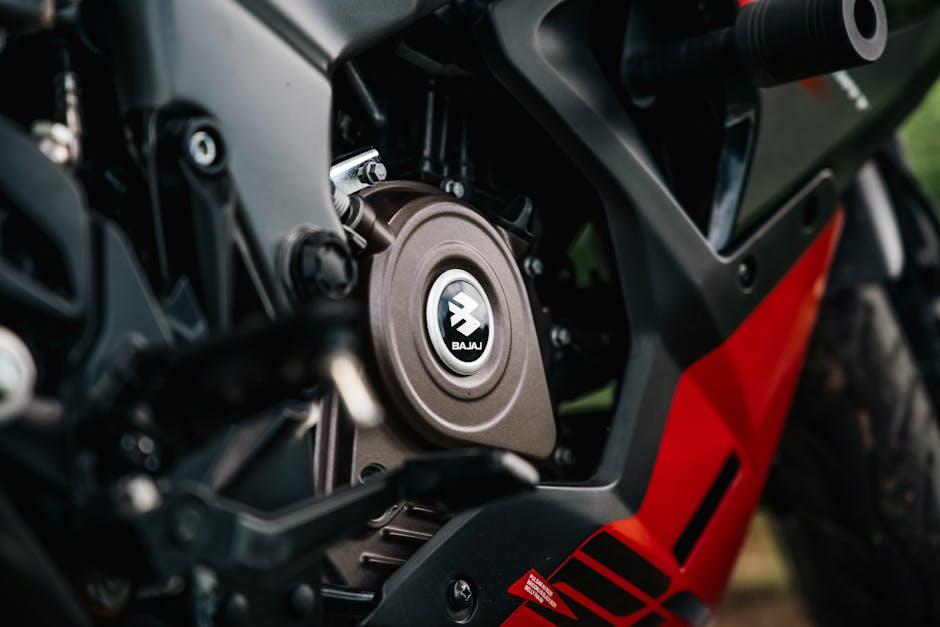
How to Differentiate Between Starter Motor Issues and Other Engine Problems
When your car refuses to start, it’s tempting to blame the engine right away. However, distinguishing between a starter motor issue and broader engine problems requires a keen observation of specific symptoms. Typically, a faulty starter motor manifests through sounds like a single click or a series of rapid clicks when you turn the key, without the engine turning over. In contrast, engine problems might present as the engine turning over sluggishly or starting but running roughly. Pay close attention to the ignition clicks, the dashboard warning lights, and whether accessories like the radio or lights dim during start attempts; these clues often point directly to starter motor troubles rather than the engine itself.
Another useful way to differentiate is by examining the condition of the battery and related electrical systems, since a weak battery can mimic starter motor symptoms. Here’s a quick reference guide to help sort starter motor issues from other engine troubles:
| Symptom | Starter Motor Issue | Engine Problem |
|---|---|---|
| Clicking sound at ignition | Single or rapid clicks, no crank | Usually no clicking |
| Engine cranking speed | No crank or very slow crank | Engine cranks but won’t start or runs poorly |
| Electrical accessory behavior | Lights dim when attempting to start | Normal electrical behavior |
| Dashboard warning lights | May flicker or dim | May show specific engine codes |
By harnessing these observations along with sound diagnostics, you’ll better pinpoint whether the starter motor is to blame or if the engine itself needs attention, saving time and expense on unnecessary repairs.
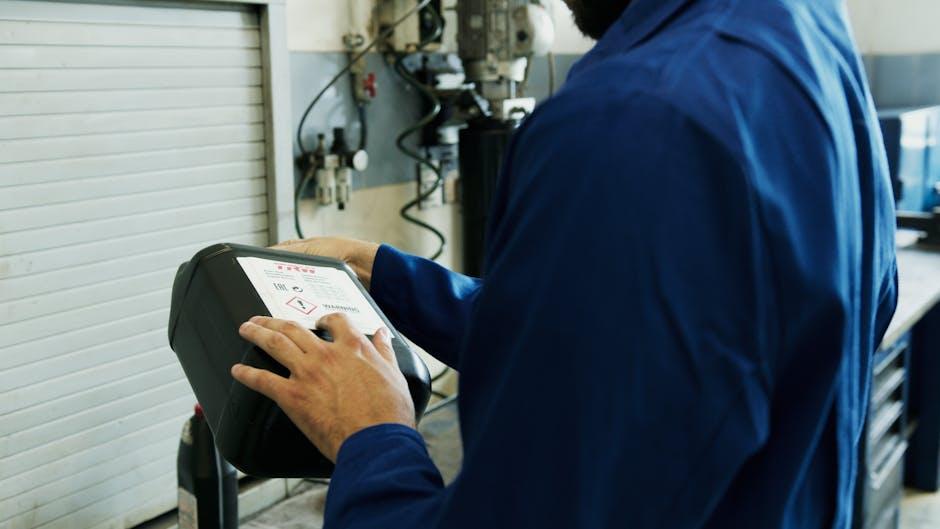
Step-by-Step Diagnostic Methods for Identifying a Failing Starter
Begin your diagnosis by performing a few simple but insightful checks. First, ensure the battery is fully charged and cables are secure, as a weak power source can mimic starter issues. Next, listen closely while turning the key—a rapid clicking sound often signals insufficient power delivery, while a single loud click could indicate a faulty starter solenoid. Don’t forget to test the starter relay by swapping it with an identical one from the fuse box, ruling out relay failure. These initial steps help narrow down whether the culprit lies in electrical connections or the starter itself.
For a more hands-on approach, try the “tap test”—gently tap the starter motor housing with a heavy tool while attempting to start the engine. This can temporarily free a stuck gear or solenoid, signaling internal mechanical wear. Additionally, use a multimeter to check voltage at the starter terminals; a healthy starter should read close to battery voltage under load. Refer to the table below for quick voltage benchmarks to confirm whether the starter is drawing adequate power or needs replacement:
| Test Point | Expected Voltage Range | Interpretation |
|---|---|---|
| Battery Terminal | 12.4V – 12.7V (at rest) | Healthy battery |
| Starter Terminal (engine off) | 12.4V – 12.7V | Good starter connection |
| Starter Terminal (engine cranking) | 9.6V – 12V | Functional starter motor |
| Starter Terminal (below 9.6V) | <9.6V | Possible starter or wiring issue |

Preventative Maintenance Tips to Extend the Starter Motor’s Lifespan
Regularly inspecting the electrical connections of your starter motor can prevent many common issues. Corrosion and loose wires create resistance, hindering the motor’s ability to crank smoothly. Use a non-abrasive cleaner and a wire brush to keep terminals shiny and tight. Additionally, it’s wise to avoid quick engine starts repeatedly, as excessive strain spikes can wear down the internal components faster than moderate, steady efforts.
Keeping your battery in optimal condition plays a pivotal role in preserving starter motor health. A weak battery forces the starter to work harder, accelerating wear and tear on the brushes and solenoid. Here’s a simple maintenance checklist to uphold starter motor vitality:
- Check battery voltage monthly with a multimeter.
- Secure mounting bolts to prevent vibration damage.
- Inspect starter relay and fuse for continuity issues.
- Schedule regular professional diagnostics if symptoms reoccur.
| Maintenance Task | Recommended Frequency | Expected Benefit |
|---|---|---|
| Battery Voltage Check | Monthly | Ensures reliable power supply |
| Terminal Cleaning | Every 3 months | Prevents corrosion build-up |
| Relay/Fuse Inspection | Every 6 months | Detects electrical faults early |
| Professional Starter Diagnostics | Annually | Identifies worn components |
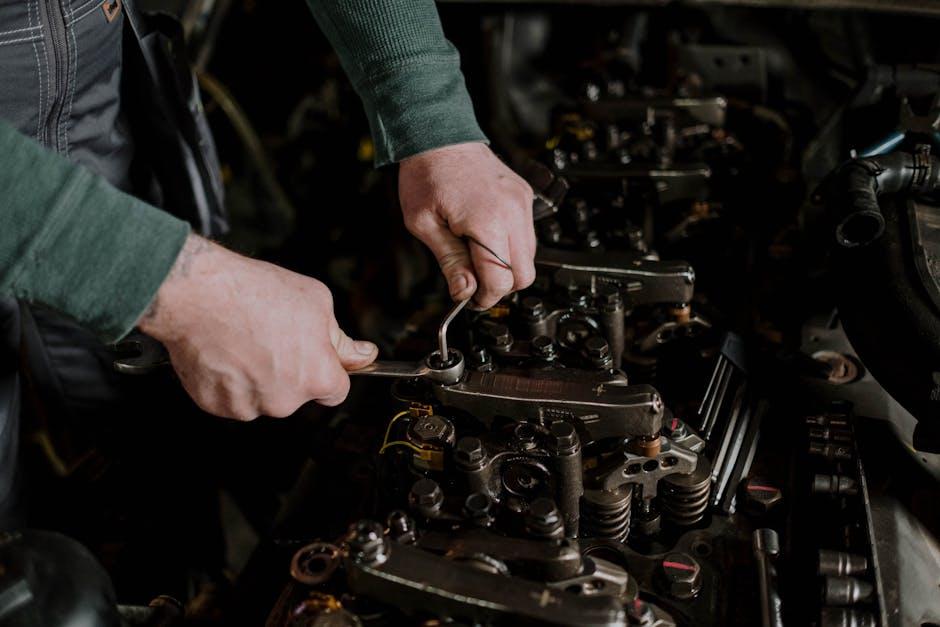
When to Seek Professional Repair or Replacement Services
When your car’s ignition struggles to turn or you notice inconsistent starting, it’s crucial not to ignore these warning signs. If the starter motor produces a grinding noise or you hear a rapid clicking sound, these are red flags indicating internal component wear or electrical faults that require immediate professional attention. Continuing to drive with a compromised starter can result in complete failure, leaving you stranded unexpectedly.
Consider the following scenarios as clear indicators to contact a repair specialist or replace your starter motor:
- Repeated failure to start: Multiple jump starts or delays signal the starter is weak or worn out.
- Battery and electrical issues ruled out: If your battery is healthy but problems persist, the starter is likely the culprit.
- Unusual sounds during ignition: Grinding, whirring, or rapid clicking denote mechanical or electrical starter faults.
| Symptom | Recommended Action |
|---|---|
| Starter Motor Fails to Engage | Inspection and possible replacement |
| Intermittent Starting Issues | Detailed diagnosis and repair |
| Grinding or Whirring Noise | Immediate professional repair |
Q&A
Q&A: Signs of a Failing Car Starter Motor
Q1: What exactly does a car starter motor do?
A: Think of the starter motor as your car’s first cheerleader. It kicks the engine into life by spinning the flywheel, allowing your engine to start running. Without it, your car is just a silent hulk.
Q2: How can I tell if my starter motor is on the brink of failure?
A: There are a few telltale signs whispering trouble:
- A sluggish or slow crank when you turn the key, like your engine is waking up from a deep sleep.
- A single loud click — or worse, a series of rapid clicks — suggesting the starter solenoid is struggling to engage.
- Intermittent starting issues where sometimes the car starts fine, and other times it simply refuses.
- Strange noises like grinding or whirring, indicating parts inside the starter are worn or misaligned.
- Dim dashboard lights when you try to start, hinting the starter might be pulling too much electrical juice.
Q3: Could these symptoms be confused with battery problems?
A: Absolutely! A failing battery can produce similar signs. The key difference is that with starter motor issues, the clicking or slow cranking happens even when the battery is healthy. A quick jump-start test or battery check helps rule this out.
Q4: Why shouldn’t I ignore these early warning signs?
A: Because a starter motor tends to fail completely without much notice, leaving you stranded unexpectedly. Early detection can save you from a roadside headache and costly emergency repairs.
Q5: Can I fix a bad starter motor myself?
A: If you’re hands-on and comfortable with car mechanics, replacing a starter motor is doable with the right tools and instructions. However, it’s often best to consult a professional since dealing with electrical components demands care.
Q6: Are there any preventative measures to extend the life of my starter motor?
A: Regular maintenance helps, like ensuring battery and electrical connections are clean and tight. Avoid holding the key in the start position for prolonged periods—giving the starter motor a break can go a long way.
Q7: How urgent is a failing starter motor repair?
A: It’s best to address starter motor issues as soon as they appear. Waiting can lead to complete failure, leaving you stranded and possibly compounding damage to other parts of your starting system.
Q8: What’s the typical lifespan for a starter motor?
A: On average, a starter motor can last anywhere from 30,000 to 200,000 miles depending on your vehicle type, driving habits, and maintenance. If you’re noticing signs of wear, it might be time to start thinking about replacement.
To Wrap It Up
In the intricate dance of your vehicle’s many components, the starter motor plays a silent but crucial role—igniting the very spark that sets your journey in motion. Recognizing the subtle signs of its faltering health isn’t just about avoiding inconvenience; it’s about staying one step ahead of a potential breakdown. Whether it’s that hesitant crank, the eerie click, or an engine that stubbornly refuses to roar to life, paying attention to these early warning signals can save you from unexpected roadside frustrations. So, listen closely to your car’s cues, and give your starter motor the care it deserves—because every great adventure begins with a reliable start.

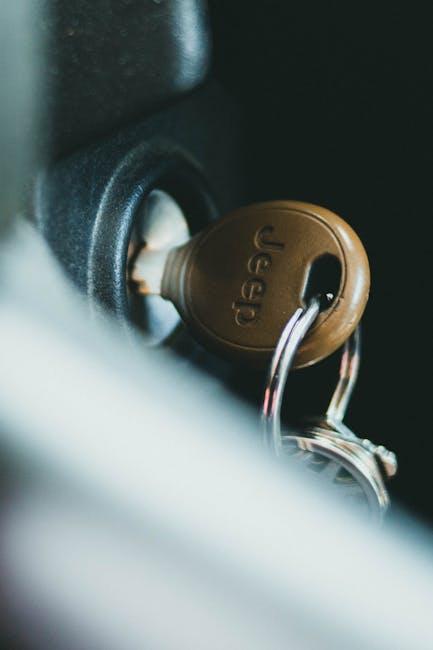
2 Comments
0i1l72
0i1l72